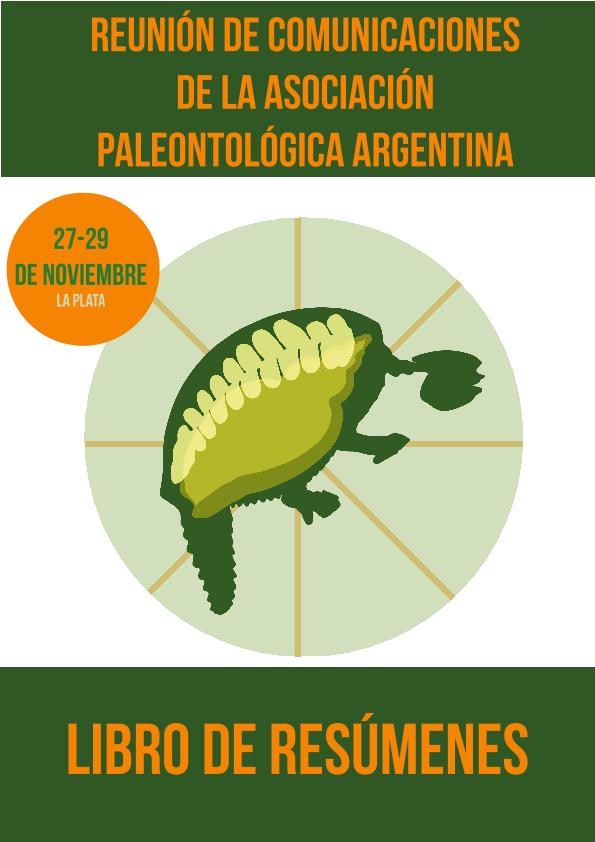Evento
Life and death in a submarine volcanic ash dune: the case of a group of Patagonian Miocene echinoids
Tipo del evento:
Reunión
Nombre del evento:
Reunión de Comunicaciones de la Asociación Paleontológica Argentina
Fecha del evento:
27/11/2019
Institución Organizadora:
Universidad Nacional de La Plata. Facultad de Ciencias Naturales y Museo;
Asociación Paleontológica Argentina;
Fundación Museo de La Plata “Francisco Pascasio Moreno”;
Título del Libro:
Reunión de comunicaciones de la Asociación Paleontológica Argentina: Libro de resúmenes
Editorial:
Universidad Nacional de La Plata. Facultad de Ciencias Naturales y Museo
Idioma:
Inglés
Clasificación temática:
Resumen
Early Miocene sedimentary rocks of the lower part of the Monte Leon Formation are locally very fossiliferous. Echinoids of the heart urchin family Schizasteridae were collected from outcrops exposed along National Route 3, North of Puerto San Julián, Province of Santa Cruz (48.956°S67.648°W). The dominant component of the sedimentary rock is pyroclastic material consisting mainly of shards and volcanically derived clays. The succession containing the bed with echinoids can be interpreted to be the result of sedimentation in a subtidal environment. Sedimentary structures and the trace-fossil suite indicate actively migrating large-scale bedforms in an openmarine setting, in which tidal currents were the dominant sedimentary processes. Extensive colonization by echinoids is interpreted as associated with lower dune migration rate. The bioturbation in the bottomset deposits suggests that the colonization window was relatively long. The fossils studied herein are almost complete and moderately to well-preserved, many of them were found in life position and retain part of their spine cover, suggesting the echinoids were buried in life or within a few days after death. The presence of manganese and iron oxides suggests a high content of organic matter within a suboxic to anoxic environment and is coincident with the strong reaction of the sediment when exposed to peroxide hydrogen. The statistical analysis of echinoids positions in the sedimentary bed showed a clustered distribution, with two dense clusters of echinoids and isolated echinoids between them, suggesting that there could have been variations in sediment organic matter content or competition for space.
Palabras clave:
ECHINOIS
,
MIOCENO
,
PATAGONIA
,
ARGENTINA
Archivos asociados
Licencia
Identificadores
Colecciones
Eventos(CCT - PATAGONIA CONFLUENCIA)
Eventos de CTRO.CIENTIFICO TECNOL.CONICET - PATAGONIA CONFLUENCIA
Eventos de CTRO.CIENTIFICO TECNOL.CONICET - PATAGONIA CONFLUENCIA
Citación
Life and death in a submarine volcanic ash dune: the case of a group of Patagonian Miocene echinoids; Reunión de Comunicaciones de la Asociación Paleontológica Argentina; La Plata; Argentina; 2019; 137-137
Compartir




